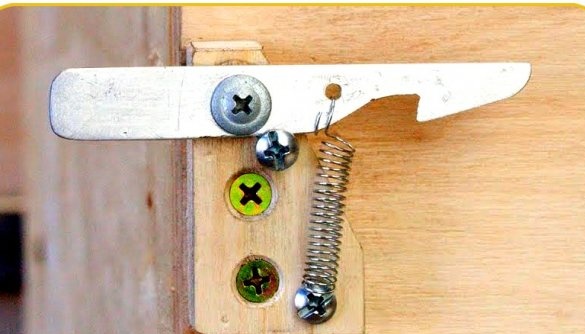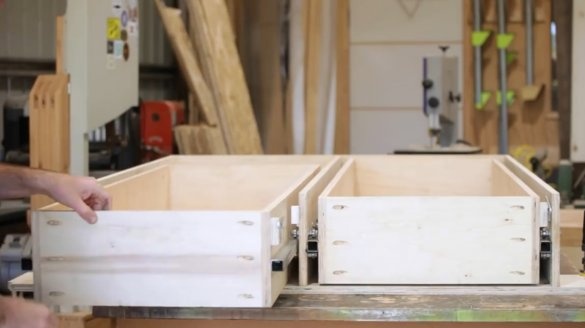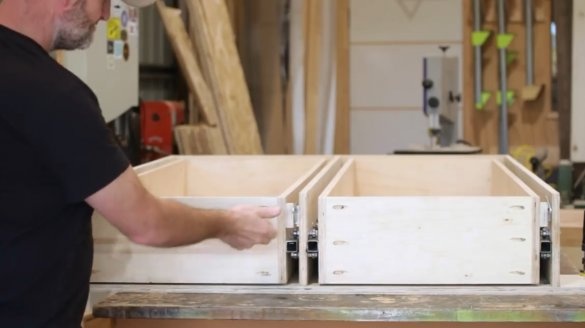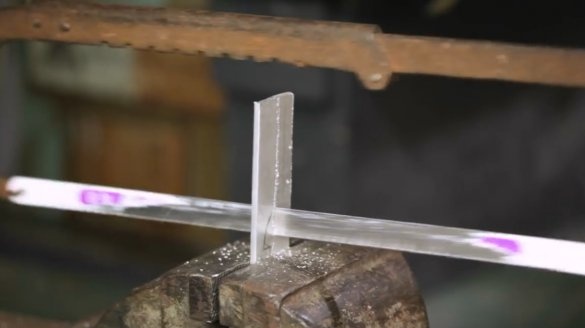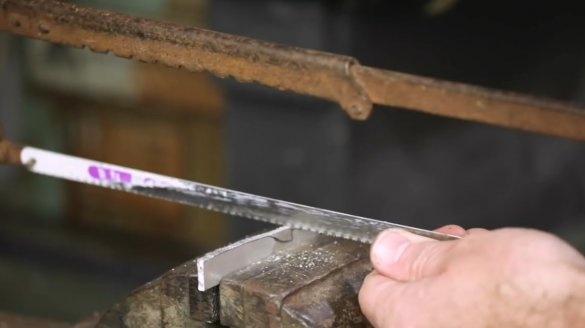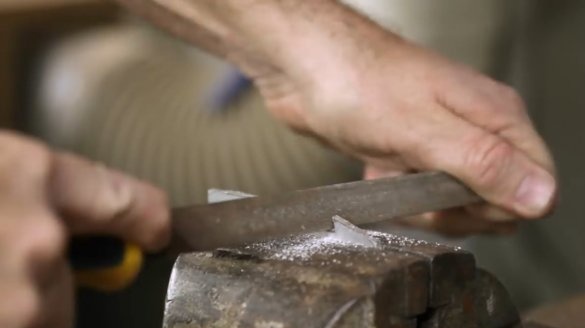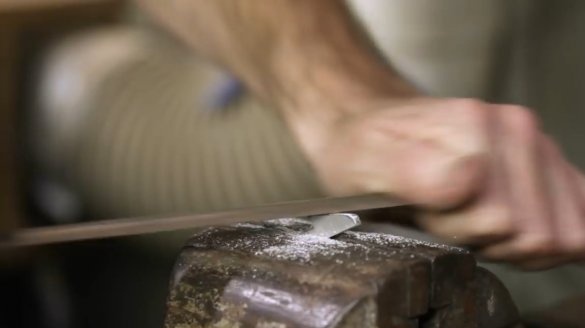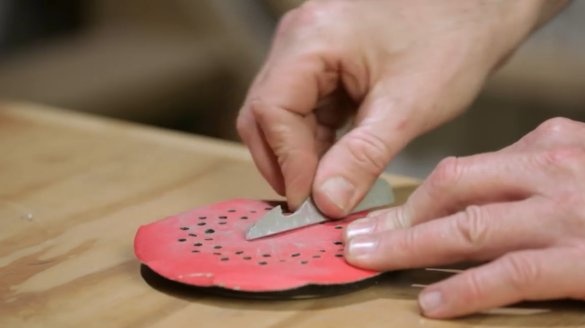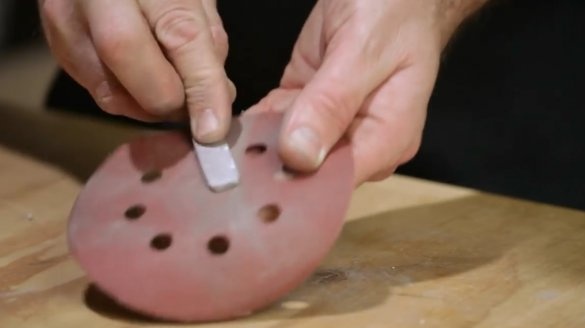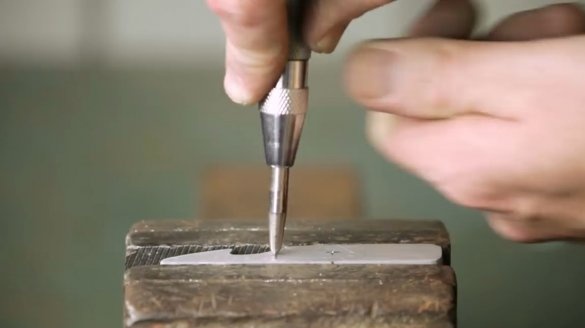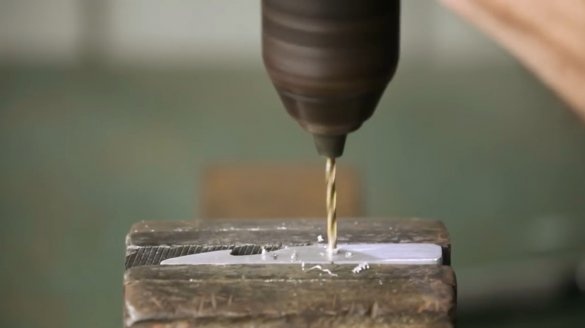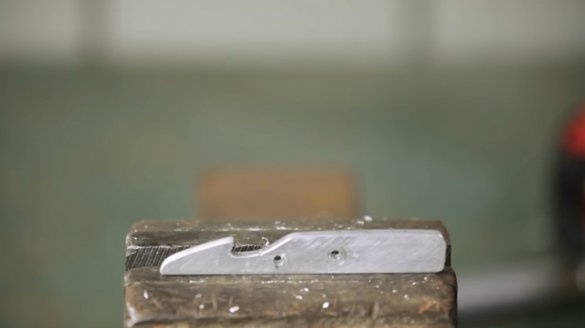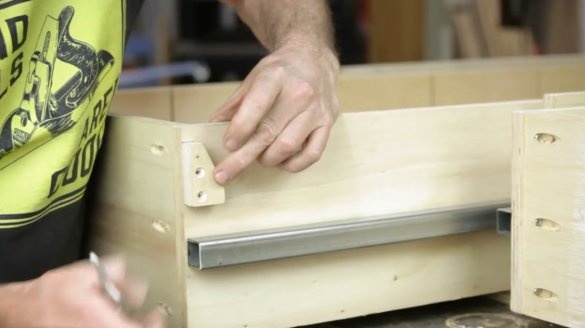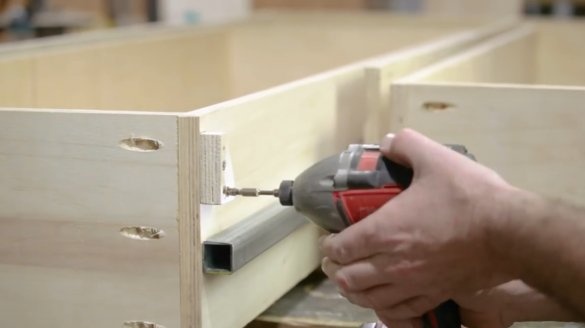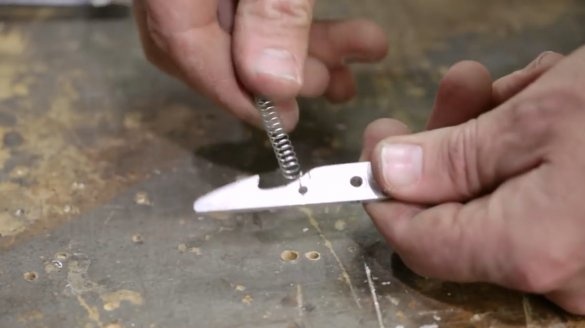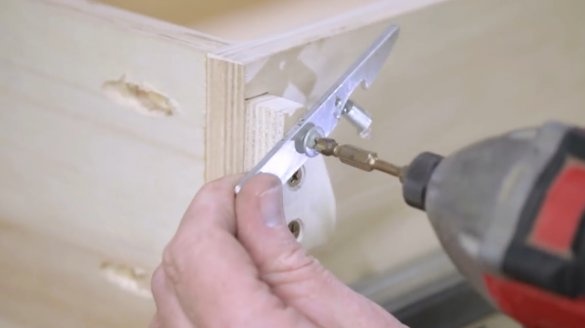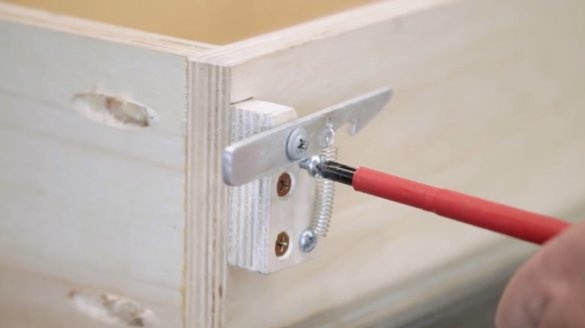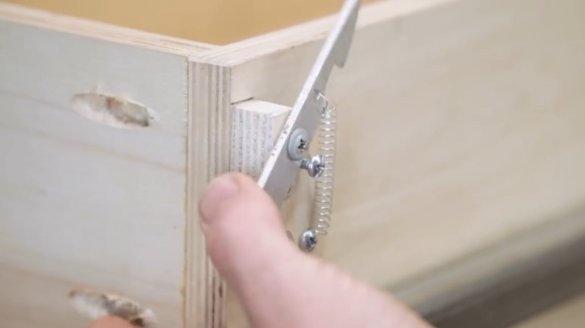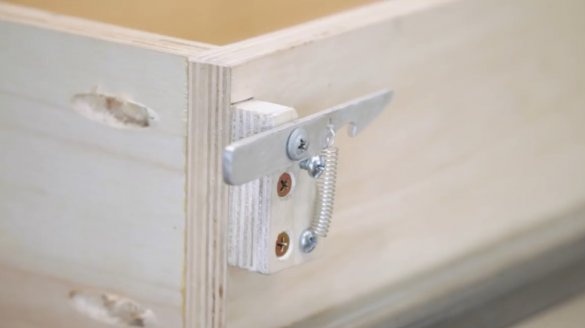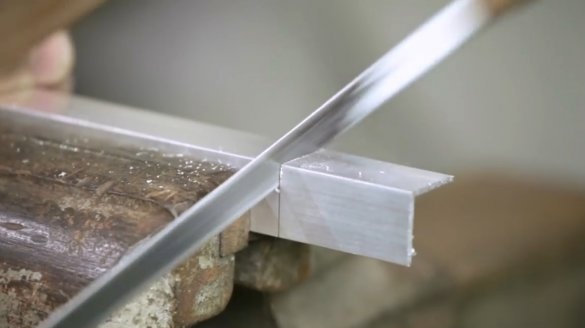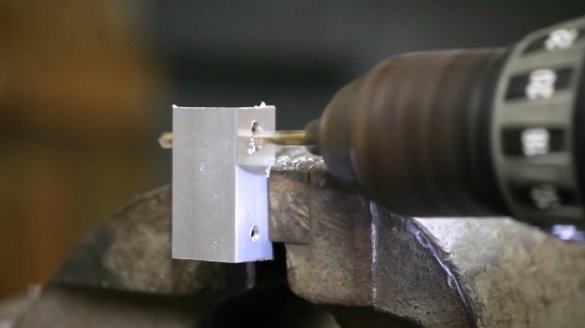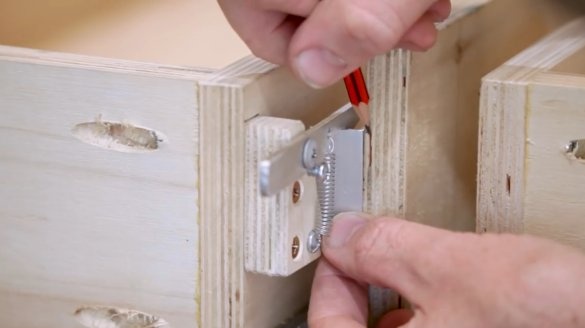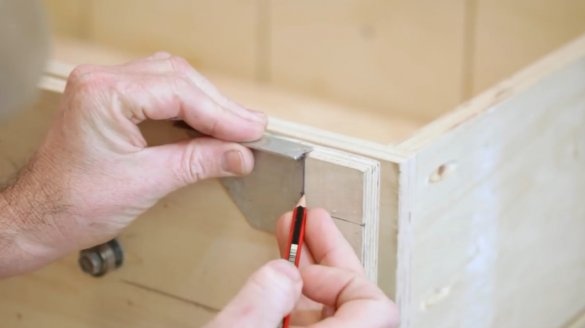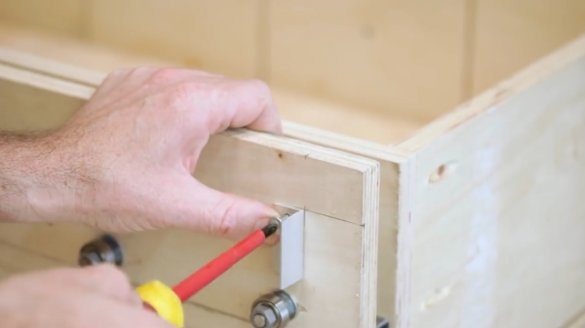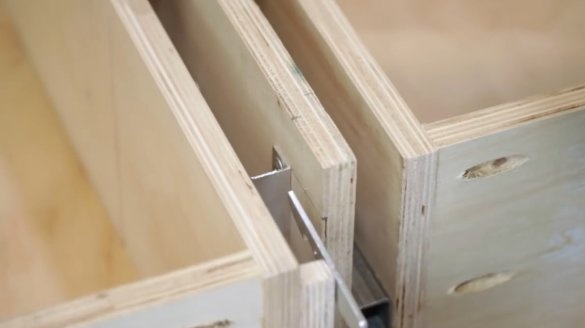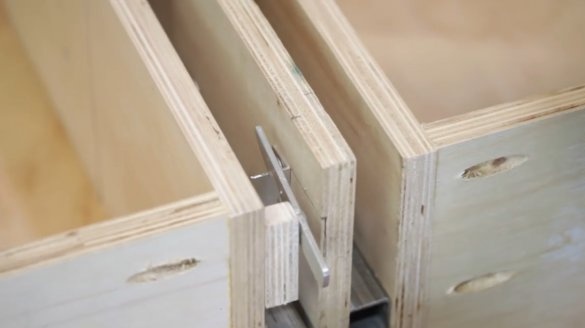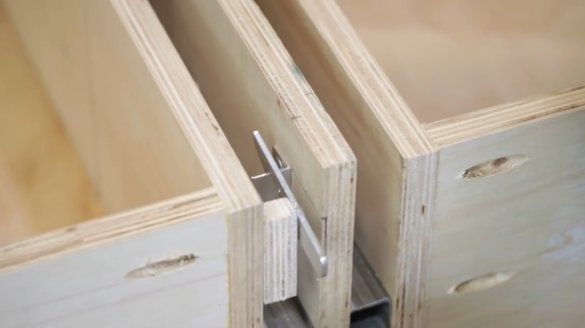This article will cover the topic of latches for drawers and doors.
Before readers, Neil’s latest project is truck luggage drawers. In this article, the author intends to demonstrate to us the process of creating "exclusive" locks for these boxes. He failed to buy a suitably in the store. It turned out to be necessary to install the locks, otherwise, during the movement of the machine, the boxes would inevitably move back and forth.
So, making such locks, the author assures, is not at all difficult. And it won’t take much time. Perhaps this article will inspire its readers to create other elements of furniture fittings and other hardware.
By the way, this design will allow you to get rid of the outer hook on the barn, chicken coop, shower, well, and closet.
Materials
- Aluminum corner plate
- Self-tapping screws with a wide hat
- spring
- A piece of plywood or board
- Sandpaper
Instruments, used by the author.
- Hacksaw
-
- Vise
- Ruler, square, pencil
-
Manufacturing process.
To begin with, a master cuts a blank for a latch tongue from a small piece of aluminum plate.
The groove is near the tooth, and it handles the edges with a file.
This is followed by fine sanding with sandpaper.
Kernit, and drills a couple of holes. One for attaching the spring, the second for the clamping screw.
After that, Neil screws a small plywood lining to the outside of the box, having previously drilled a couple of holes in it.
This corner is cut so that when a spring is required to be passed through the hole, a small gap remains for it.
Having put a washer, fastens a tab to the top of a lining.
Fixes the second edge of the spring to the bottom of the lining.
The next step is to screw in the restrictive screw under the tongue so that it is located exactly horizontally.
Now you have to make the reciprocal part of the latch. An aluminum corner is suitable for this. Immediately drill holes, and drill them a little vertically. This is useful for setting the lock.
The author finds a position from which both halves of the lock are connected and snap into place. This place is just near the edge of the wood panel. Neil puts a pencil mark, and then, having taken out the drawer completely, deepens the reciprocal part of the latch and screws it with screws.
That's how it works! To make such a latch is simple, fast, and most importantly functional!
Thanks to the author for a simple but useful device for home and car!
All good mood, good luck, and interesting ideas!
Author video can be found here.

